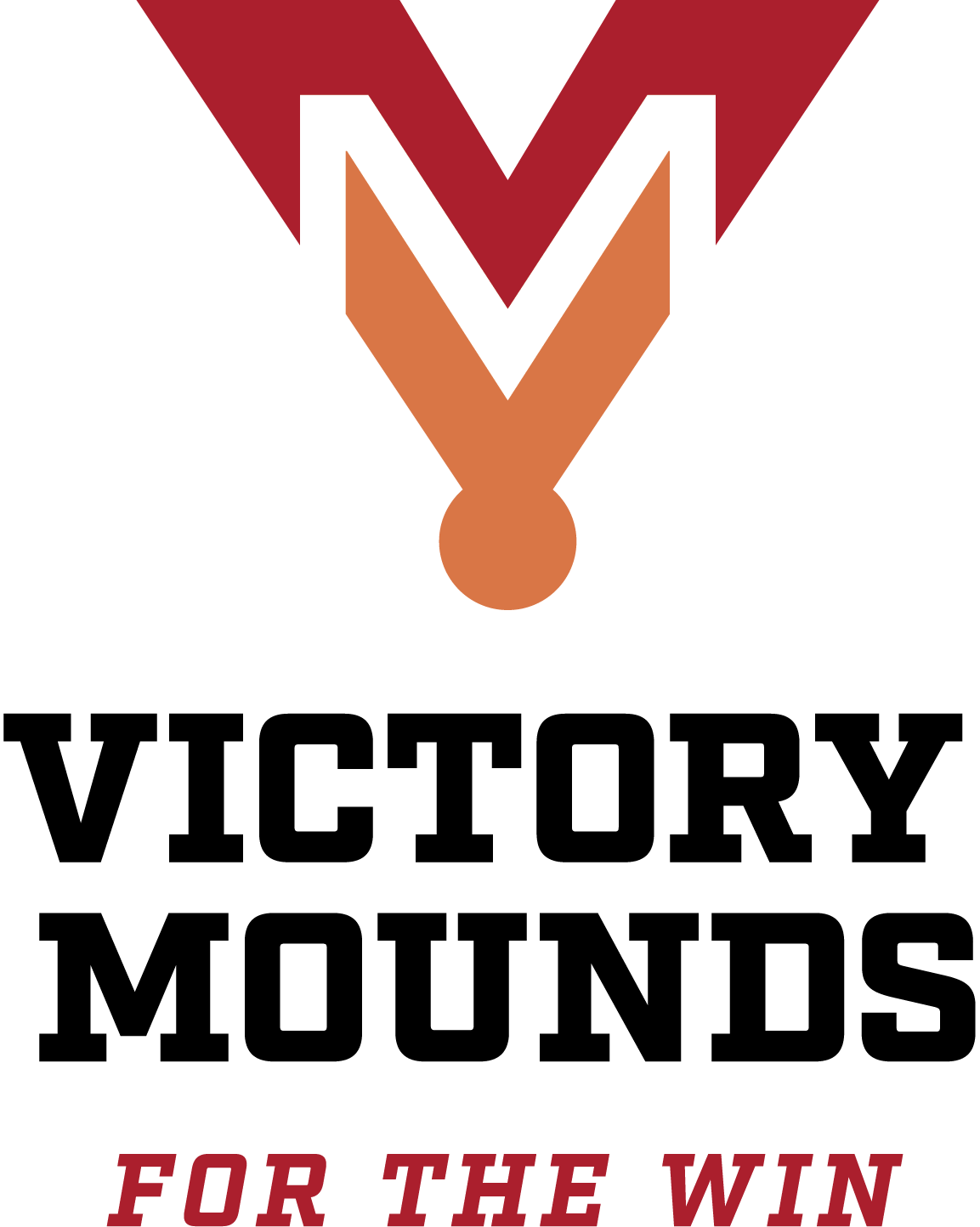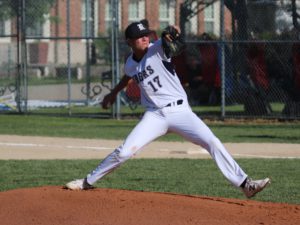What makes baseball great? The players, for starters, and the skills they bring to the game. Then there’s the fabulous competition. Most of all, perhaps, you’ve got the timeless nature of the game, which has been around for over a century and serves as a link from one generation to the next.
But we’re ignoring what might be the most important thing of all. Without a well-groomed, pristine field that’s elegantly manicured and maintained, none of the magic those athletes bring to the table happens.
There’s a lot that goes into creating the “stage” on which they perform, so let’s take a deeper dive into what’s involved. The field equipment that groundskeepers use to keep the fields looking great may be an unsung hero of the game to some folks, but at Victory Mounds we understand how truly important it is.
Great Baseball Field Equipment is About Getting the Turf Right
Great turf is a wonderful thing to have at the lower levels of the game, but it’s by no means essential. It is helpful for learning skills, but plenty of great players with stellar skills have developed them on bare bones fields that were little more than patches of dirt.
Once players get beyond the high school level, though, the quality of the turf is a game-chanter, both literally and figuratively. At the major league level, for instance, grass field consists of a carefully concocted blend fo Kentucky bluegrass, Bermuda grass, and a mixture that also includes perennial rye grass.
That grass is rigorously maintained and manicured using special irrigation systems, and it’s covered by tarpaulins during inclement weather when baseball fields aren’t in use.
There are major league fields that use artificial turf—which is typically called field turf these days—but most of those are considered lesser fields. For the most part, a specialized blend of grass is considered a far better surface for playing the nation’s pastime.
What’s Involved in Infield Maintenance?
Now let’s turn our attention to the infield. In many ways, maintaining the infield is even more specialized than the grass that covers the outfield and the interior of the infield.
To summarize, special turf and dirt is everywhere. Definitely on the base paths and in the batter’s box area, but an entirely different kind of dirt is used for the pitchers mound.
Sound complicated? It is to some extent, but fortunately it’s fairly easy to break it down.
- Infield mix. When you talk about the infield, dirt isn’t just dirt. It’s actually a mix that consists of 70 percent sand, 15 percent silt and 15 percent clay at the lower levels where minimal maintenance is involved. At the upper levels, though, the mix formula changes quite a bit. The level of sand rises to 55 percent, with 30 percent clay and 15 percent silt.
- Changing up the mix. You may wonder why these formulas are so precise as to be esoteric, and it’s a fair question. The answer is performance-based–these mixtures have been found to play true and hold up under the rigors of daily use for both amateur and professional baseball leagues.
- A touch of trivia. To add a bit of trivia here, the infield mix for Major League Baseball comes from Slippery Rock, Pennsylvania. If you’re ever looking to win a trivia question, you can probably do pretty well with that little tidbit.
Pitcher’s Mound Dirt vs Home Plate and Infield Dirt
Now let’s talk about the pitcher’s mound. You’d think the dirt used there would basically be the same as infield dirt, but it’s not.
The dirt for a pitcher’s mound is actually very different. It consists of 60 percent sand, 30 percent clay and 10 percent silt.
Why so different? Think about what pitchers do, and what they need to flawlessly execute their delivery. They need a surface that will hold firm when they land after throwing the ball, but they also need to be able to move quickly to get off the mound when they field the ball.
Another difference between pitcher’s mound dirt and the dirt used for the infield is that pitcher’s mounds are actually carefully built from bricks made of clay. These bricks are layers to meet very specific dimensions, and the slope of the mound is carefully measured as well.
Equipment Tools of the Trade
Listing all the tools and baseball equipment required to maintain a field is a separate subject, but we can give you a stripped down version of the most important ones:
- Soil testing equipment. At the upper levels of the game, the various mixes are actually tested using specialized equipment.
- Mowers. You knew this one was coming, right? What you might not know, though, is that mowing a baseball field is a precise operation. The grass has to be cut to a specific length, and then there are those special tools used to create text and visual effects on major league fields.
- Leveling and grading tools. These are essential to make sure the field plays true. Any kind of slope will create problems that seem bound to show up at the most pivotal moment in a given game.
- Rakes. These are as obvious as mowers, but they’re actually a lot more specialized than you’d think. There are specific rakes for infield, fall rakes to clear leaves, and smaller rakes that are used around home plate and the batting box.
- Steel mats. These are used to smooth out infield dirt before and during games, which is critical if the infield is going to play true. They’re typically used with nail drag equipment before the game, and screen drags are also employed to smooth out the infield once the nail drags have done their job.
Get the Best Baseball Field Equipment from Victory Mounds
At Victory Mounds, we’ve been involved in all aspects of field maintenance. We know what baseball equipment is involved, and we can also work within your budget to help you get a great looking field. We also have all the equipment you need, and we know the maintenance procedures inside out.
We’ve done field consulting for many different clients, so we can answer your questions, find out about your program and set you up with everything you need.
The process starts when you go to VictoryMounds.com to learn more about our products, then call us at 800 835 9460 to get your questions answered. You can also contact us via email at info@victorymounds.com to get your ultimate field.
Also Read: Do you need a practice pitching mound?

